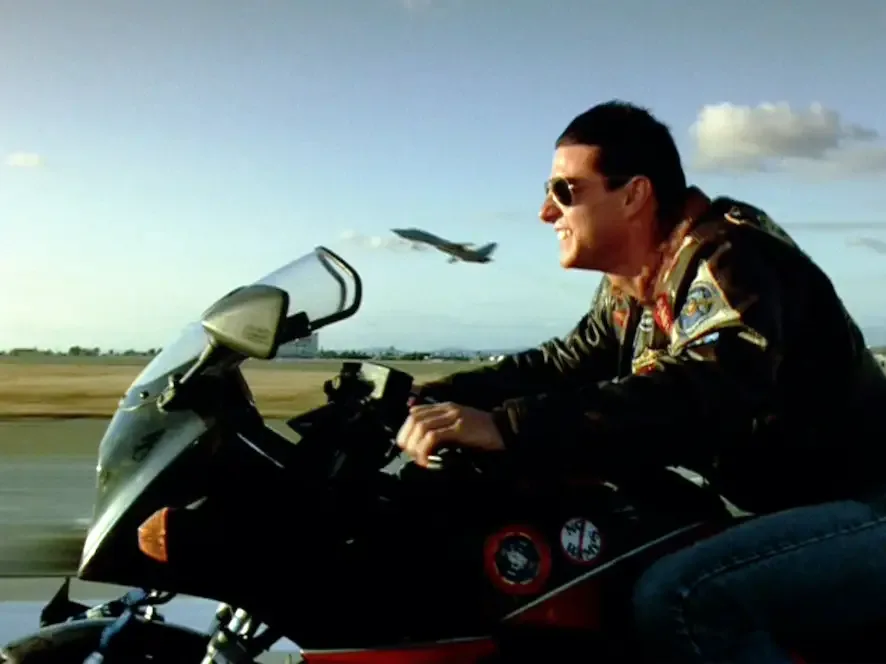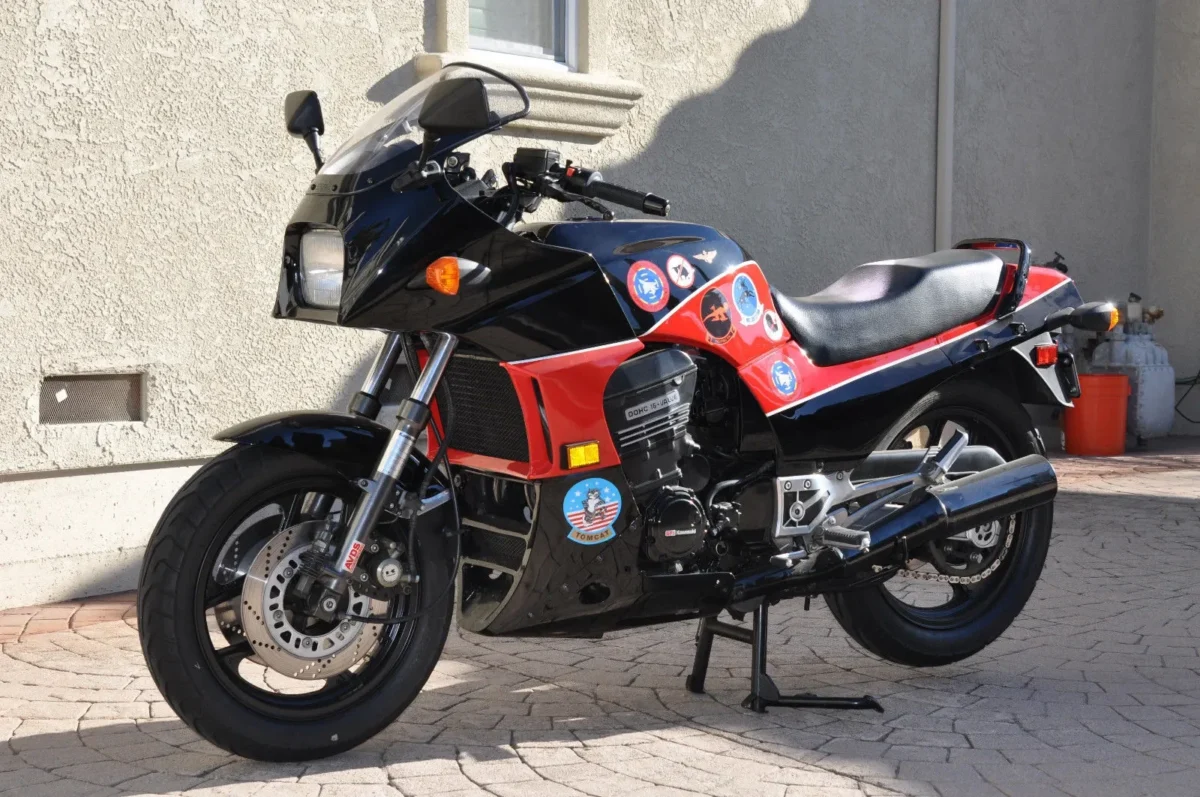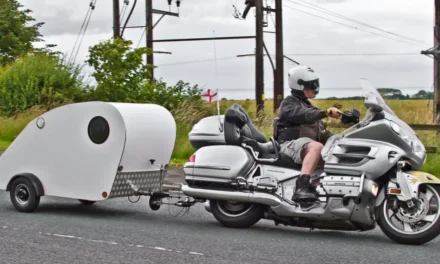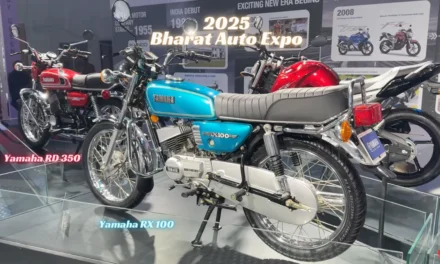If you’ve ever watched Top Gun—and let’s be honest, who hasn’t?—you’ll never forget the roar of F-14 Tomcats, Kenny Loggins “Danger Zone,” and Maverick’s sleek black-and-red Kawasaki GPZ900R.
But how did this machine become as iconic as Tom Cruise’s aviators? Let’s dive into the story behind the legend.
The Bike That Almost Wasn’t
Believe it or not, the GPZ900R nearly missed its Hollywood debut. When Top Gun’s producers first approached Kawasaki, they asked for three bikes for free, banking on “exposure.”
Kawasaki’s marketing director, Mike Vaughan, wasn’t having it. He’d been burned before by films not returning loaned bikes. So he offered a discount instead. When the producers threatened to go to Honda, Vaughan shrugged and handed over Honda’s number.
It turns out that Honda allegedly backed out over safety concerns, specifically regarding Tom Cruise riding without a helmet. A week later, the producers caved and bought three Ninjas.
But Cruise himself reportedly pushed for the Kawasaki. Even back then, he understood that Maverick’s “need for speed” demanded a bike as cutting-edge as the F-14s he flew.
The GPZ900R wasn’t just fast; it was the fastest production motorcycle of 1984, hitting 150+ mph. For Maverick, a rule-breaking maverick, anything less would’ve felt phony.

Tom Cruise with kawasaki GPZ900R
Tom Cruise’s Need for Speed (and Authenticity)
Here’s the thing about Tom Cruise: he doesn’t fake it. He rode that Kawasaki himself in Top Gun, helmetless and grinning because that’s what Maverick would do.
As a rider, I can tell you—those scenes feel real because they are real. Cruise’s passion for bikes (he’s a lifelong gearhead) bled into Maverick’s character, making the bike an extension of his personality.
No wonder kids in the 80s begged for Ninjas and aviator jackets. Even now, spotting a GPZ900R at a bike meet sparks instant nostalgia. “Hey, that’s Maverick’s bike!” someone always says.
Why This Bike Still Matters
Top Gun didn’t just make the GPZ900R famous—it reshaped motorcycle culture. Sales surged, sportbikes went mainstream, and suddenly, every rider wanted a fully-faired “crotch rocket.”
Enthusiasts still hunt for GPZ900Rs today, though owning one isn’t easy. They’re finicky classics—prone to oil leaks, crunchy gears, and brittle wiring.
But for riders like me, that’s part of the charm. Restoring one is a labor of love, a nod to the bike that bridged Hollywood glam and real-world engineering.
Engineering Genius Meets Silver Screen Flair
Underneath its custom movie paint job (the factory colors were red and gray) lay a revolutionary engine: the world’s first liquid-cooled, 16-valve inline-four. Think of it as the iPhone of motorcycles—a game-changer that set the blueprint for modern sportbikes.

Kawasaki GPZ900R
It had a steel frame that used the engine as a stressed member (translation: lighter and sturdier) and aerodynamic fairings that made it look like it was doing 100 mph standing still.
But the movie’s magic didn’t stop there. The crew stripped the “Kawasaki” badges off the tank, leaving only the “Ninja” logos—a smart move.
Overnight, “Ninja” became shorthand for speed, and Kawasaki’s sportbike line rode that hype for decades. Even today, riders like me geek out over the GPZ’s specs: 113 horsepower, a 10.5-second quarter-mile, and a top speed that still impresses.
Every time I twist the throttle on my bike, I chase a little of that Maverick magic. And honestly? That’s the closest most of us will get to flying an F-14.
So next time you watch Top Gun, pay attention to that red-and-black Ninja. It’s not just a bike—it’s a reminder that sometimes, the best stories are told on two wheels.





